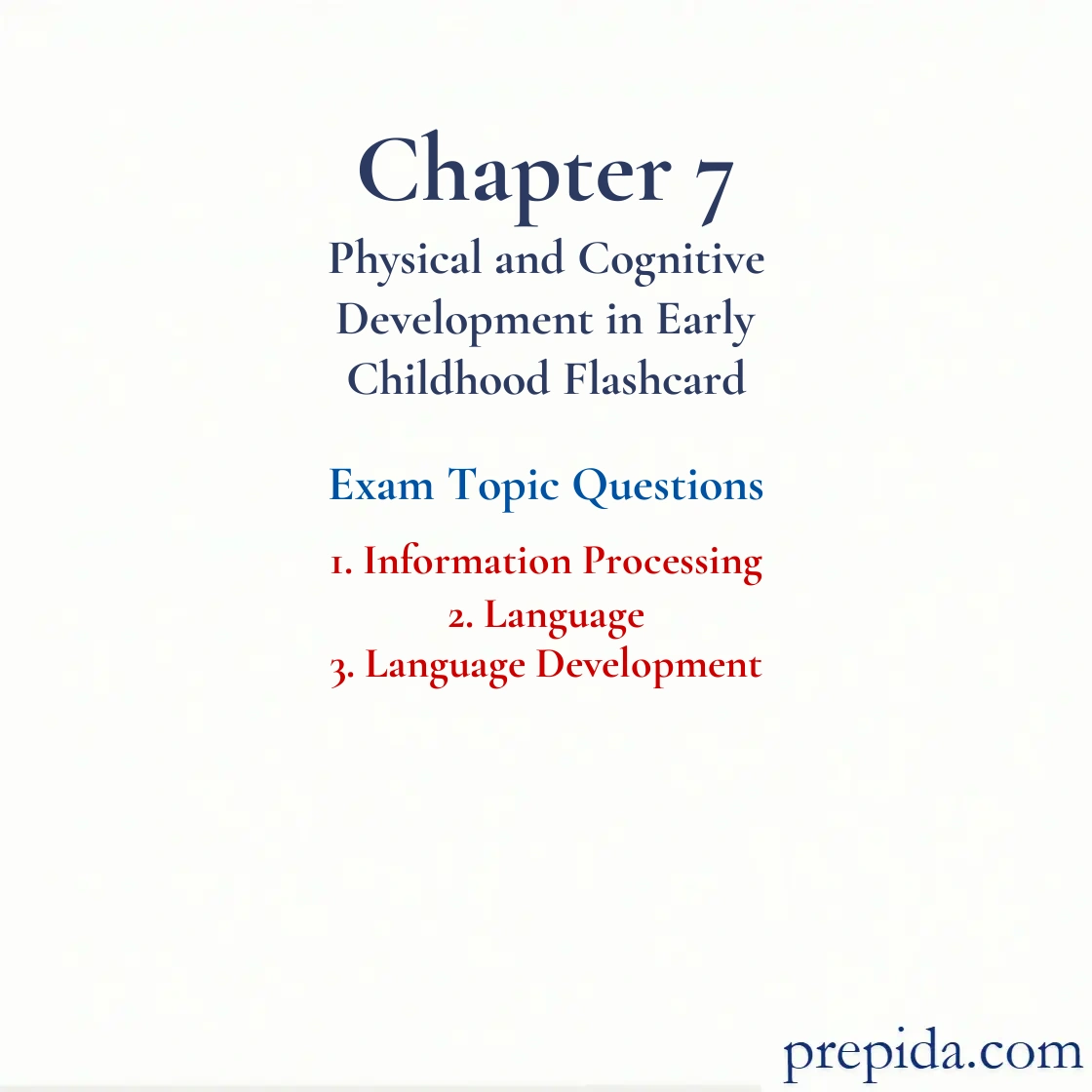
According to McClelland and others (2017) and Schmitt and others (2017), ________ attention involves action planning, allocating attention to goals, error detection and compensation, monitoring progress on tasks, and dealing with novel or difficult circumstances.
- salient
- relevant
- executive
- sustained
Executive Function: An umbrella-like concept that consists of a number of higher-level cognitive processes linked to the development of the brain’s prefrontal cortex. Executive function involves managing one’s thoughts to engage in goal-directed behavior and to exercise self-control.
When experimenters ask children to judge whether two complex pictures are the same, preschool children tend to use a haphazard comparison strategy, not examining all of the details before making a judgment. The children exhibit a lack of
- conservation.
- attention to the salient.
- centration.
- planfulness.
Mindfulness: Being alert, mentally present, and cognitively flexible while going through life’s everyday activities and tasks.
The ability of preschool children to control and sustain their attention is related to
- school readiness and focus.
- the decreased likelihood of obesity.
- increased short-term memory capacity.
- an increase in implicit memory.
Attention: The focusing of mental resources on select information.
A police officer visits Timothy and Evelyn's class to discuss safety rules. To attract the children's attention, the officer brings colorful balloons and jars of bubbles for the children to blow. Later, Timothy tells his parents about all the safety rules discussed by the officer. Timothy obviously paid attention to what was
- salient.
- relevant.
- habituated.
- superfluous.
Attention: The focusing of mental resources on select information.
A police officer visits Heather's class to discuss safety rules. To attract the children's attention, the officer brings colorful balloons and jars of bubbles. Later, Heather tells her parents all about the balloons and bubbles but cannot remember any of the safety rules the officer talked about. Heather obviously paid more attention to what was
- salient.
- relevant.
- habituated.
- intended.
Attention: The focusing of mental resources on select information.
________ attention is focused and extended engagement with an object, task, event, or other aspect of the environment.
- Salient
- Relevant
- Executive
- Sustained
Sustained Attention: Focused and extended engagement with an object, task, event, or other aspect of the environment.
Kristi works in a day-care center. She notices that Pablo, a 4-year-old boy, often indulges in private speech when doing any activity on his own. She has heard him talking to himself when solving puzzles. Kristi believes in Piaget's theory of cognitive development in children. After seeing Pablo's behavior, Kristi is likely to assume that Pablo's usage of private speech is
- egocentric.
- mature
- an important tool of thought.
- a means of guiding one's behavior.
Egocentrism: The inability to distinguish between one’s own perspective and someone else’s (salient feature of the first substage of preoperational thought).
Natalie is 4 years old. When she buttons her shirt, she talks to herself and describes the steps. This helps her in self-regulating and guiding her behavior. In the context of cognitive and physical development in early childhood, this scenario illustrates the concept of
- centration.
- belief perseverance.
- avolition.
- private speech.
Which of the following describes Lev Vygotsky's belief about the development of thought and language?
- Thought and language are merged early in development and later separate.
- Thought depends on language, and they are merged throughout development.
- Thought and language initially develop independently of each other and then merge.
- Thought and language are two separate functions that remain independent throughout development.
Language: A form of communication, whether spoken, written, or signed, that is based on a system of symbols. Language consists of the words used by a community and the rules for varying and combining them.
Four-year-old Michelle talks to herself frequently. She does this especially when she is trying to solve a difficult problem. Lev Vygotsky would say that Michelle is
- engaging in egocentric and immature thinking.
- likely to be socially competent.
- functioning at the upper limit of her zone of proximal development (ZPD).
- engaging in scaffolding.
Three-year-old Amy looks at her grandmother's collection of glass animals and says, "Those are a 'no-no'. Do not touch." It appears that Amy is using ________ to regulate her own behavior.
- mindstream
- intuitive reasoning
- private speech
- symbolic function
For Vygotsky, private speech is ________.
- immature
- a tool used by children to regulate the behavior of others
- an important tool of thought during the early childhood years
- egocentric
Symbolic Function Substage: Piaget’s first substage of preoperational thought, in which the child gains the ability to mentally represent an object that is not present (between about 2 and 4 years of age).
Jean Berko's experiment involving "wugs" demonstrated that young children who took part in the experiment knew
- the phonological rules.
- the rules of syntax.
- the pragmatic rules.
- the morphological rules.
Experiment: A carefully regulated procedure in which one or more of the factors believed to influence the behavior being studied are manipulated while all other factors are held constant.
________ is a process that helps to explain how young children learn the connection between a word and its referent so quickly.
- Vertical thinking
- Centration
- Fast mapping
- Conservation
Fast Mapping: A process that helps to explain how young children learn the connection between a word and its referent so quickly.
Pointing to a tree, young Leo says, "Bird flied away." Leo's interesting but incorrect use of "-ed" in "flied" shows that he is trying to learn the ________ rules of language.
- phonological
- morphological
- pragmatic
- syntactic
Morphology: Units of meaning involved in word formation.